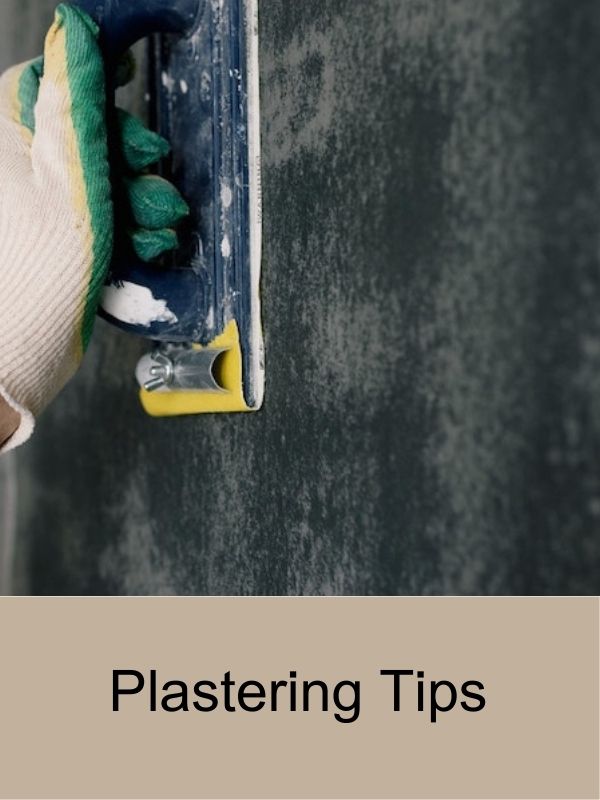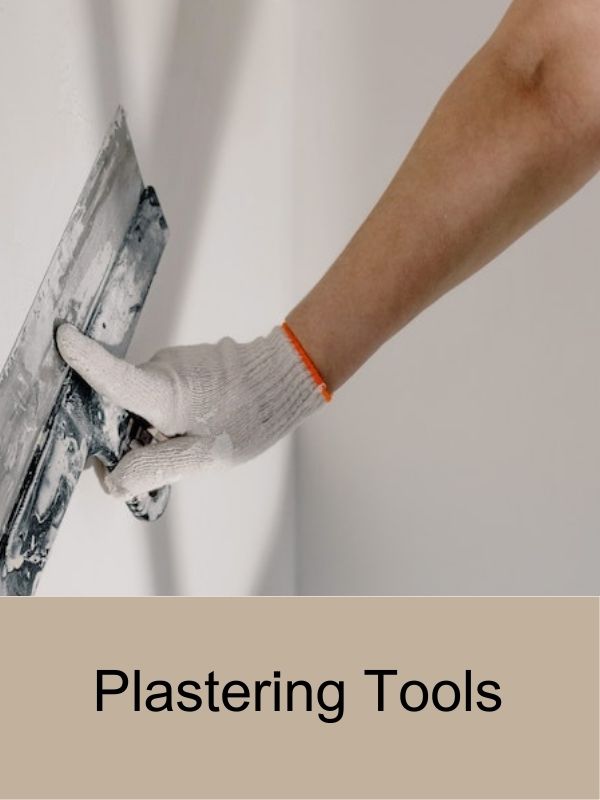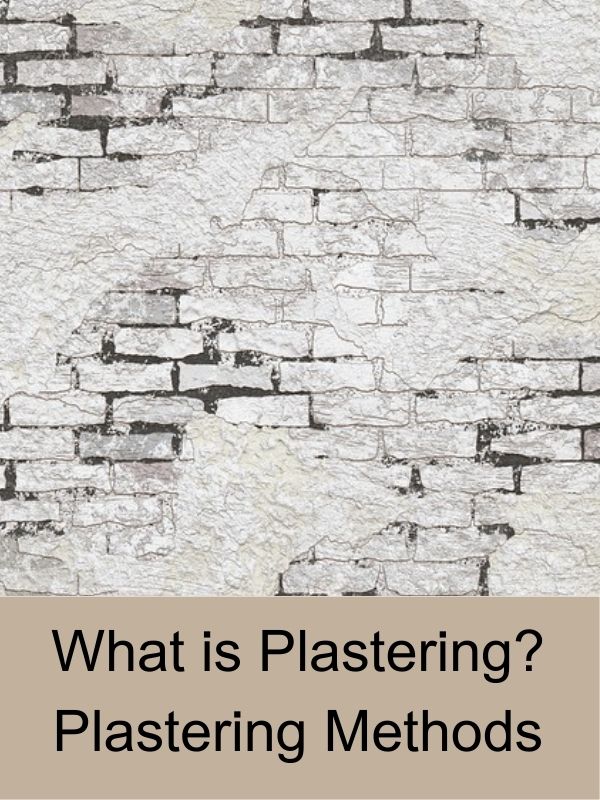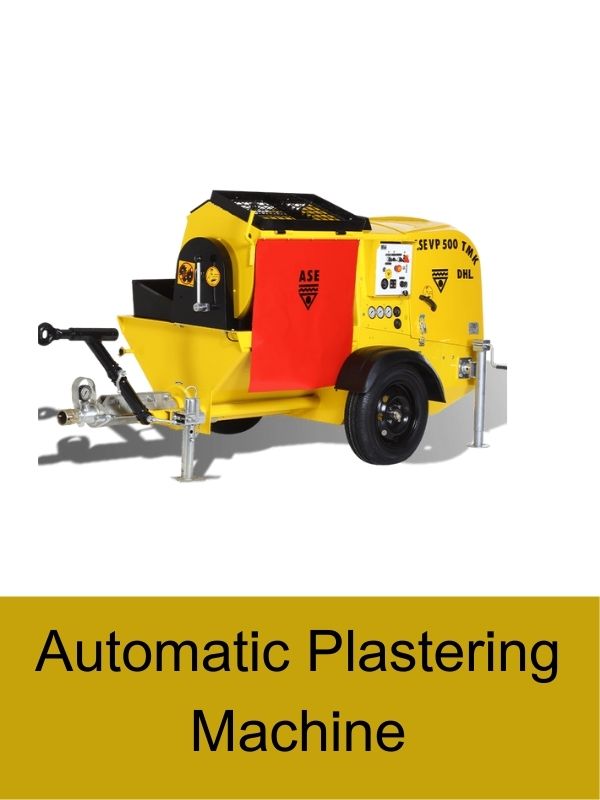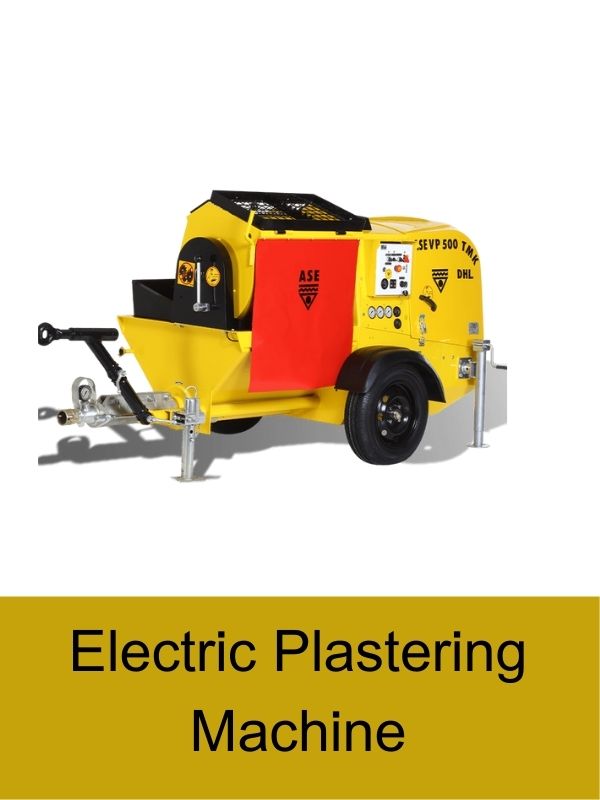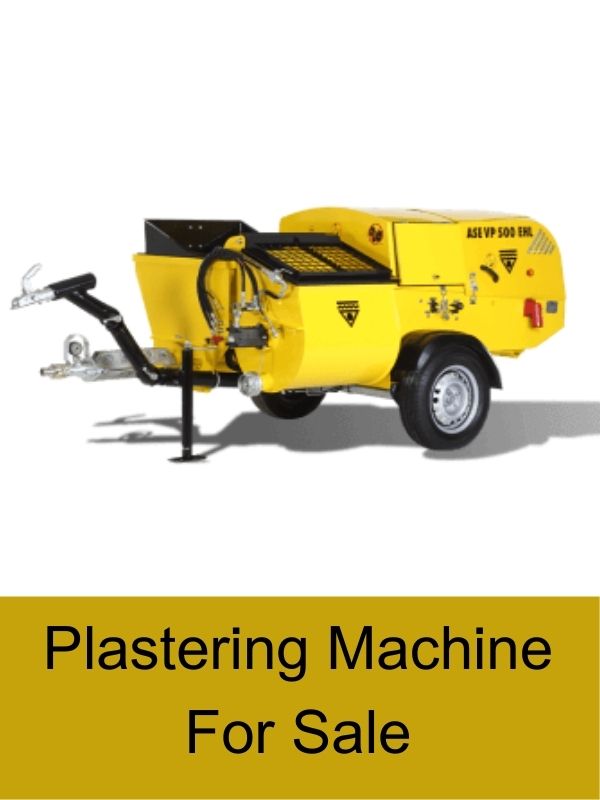A portable plastering machine is a versatile and convenient tool that has transformed the plastering process in the construction industry. This article explores the features, benefits, applications, and operating tips for portable plastering machines.
What is a Portable Plastering Machine?
A portable plastering machine, also known as a mobile plastering machine or a plastering pump, is a compact and lightweight device used for applying plaster, mortar, or other similar materials to various surfaces. It is designed to be easily transported and maneuvered, making it an excellent choice for small-scale projects, tight spaces, or areas with limited access.
Advantages of Portable Plastering Machines
Portable plastering machines offer numerous advantages over traditional plastering methods:
- Portability and Maneuverability: The compact size and lightweight nature of these machines allow for easy transportation and maneuverability on construction sites. They can navigate through narrow hallways, staircases, and tight corners, providing flexibility in plastering applications.
- Time-saving: Portable plastering machines streamline the plastering process, significantly reducing the time required to complete projects. They offer continuous and efficient plaster application, eliminating the need for manual labor-intensive tasks.
- Uniform and Consistent Application: These machines ensure a uniform and consistent application of plaster across the surface. The adjustable settings and control systems allow operators to achieve the desired thickness and texture, resulting in a professional finish.
- Reduced Material Wastage: Portable plastering machines minimize material wastage by providing precise control over the amount of plaster applied. The efficient pumping mechanism delivers the right amount of material, preventing excess or insufficient coverage.
- Labor Efficiency: With a portable plastering machine, fewer workers are needed to accomplish plastering tasks. The machine handles the application process, freeing up labor for other essential construction activities, thereby optimizing productivity.
Applications of Portable Plastering Machines
Portable plastering machines find applications in various construction and renovation projects, including:
- Residential Construction: These machines are well-suited for plastering interior walls and ceilings of residential properties. Whether it’s a new construction project or a renovation, portable plastering machines provide a quick and efficient solution.
- Commercial and Retail Spaces: Portable plastering machines are suitable for plastering commercial spaces, such as offices, retail stores, and restaurants. They can efficiently cover larger areas, ensuring a smooth and professional finish.
- Remodeling and Renovation: In remodeling and renovation projects, portable plastering machines are highly valuable. They can easily apply a fresh layer of plaster over existing surfaces, giving them a refreshed and updated look.
- Small-scale Projects: Portable plastering machines are ideal for small-scale projects, such as repairs, touch-ups, or patching. They offer convenience and versatility in addressing localized plastering needs.
Tips for Operating a Portable Plastering Machine
To maximize the performance and efficiency of a portable plastering machine, consider the following operating tips:
- Surface Preparation: Ensure that the surface to be plastered is clean, free from dust, grease, or loose particles. Proper surface preparation promotes better adhesion and a smoother finish.
- Plaster Mixture: Follow the manufacturer’s guidelines for preparing the plaster mixture. Ensure the consistency is appropriate for spraying. Consistently check and adjust the mixture to maintain the desired quality throughout the plastering process.
- Machine Settings: Familiarize yourself with the control systems of the portable plastering machine. Adjust the pumping speed, pressure, and spray pattern according to the surface requirements. Test the settings on a small area before proceeding with the entire project.
- Cleaning and Maintenance: Regularly clean the machine’s components, such as the pump, hose, and nozzle, to prevent clogging and ensure smooth operation. Follow the manufacturer’s instructions for maintenance tasks to prolong the machine’s lifespan.
Safety Considerations
When operating a portable plastering machine, prioritize safety with these considerations:
- Personal Protective Equipment (PPE): Wear appropriate PPE, including safety goggles, gloves, respiratory protection, and protective clothing, to safeguard against potential hazards such as dust and chemicals.
- Proper Training: Ensure operators are adequately trained in the safe operation of portable plastering machines. Familiarize them with the specific machine model, operating procedures, and safety guidelines.
- Electrical Safety: If the machine is electric-powered, follow electrical safety practices, such as using grounded power outlets, properly routing power cords, and ensuring the machine is protected against electrical hazards.
Conclusion
Portable plastering machines have revolutionized the plastering process, offering convenience, efficiency, and high-quality results. With their portability, time-saving capabilities, and uniform application, these machines are invaluable tools for construction projects of various scales. By following proper operating tips and prioritizing safety, operators can harness the full potential of portable plastering machines in achieving smooth and professional plaster finishes.
- What is the difference between a portable plastering machine and a traditional plastering method? Portable plastering machines automate the plastering process, reducing labor requirements and time while ensuring uniform application. Traditional methods involve manual application, which can be labor-intensive and time-consuming.
- Can a portable plastering machine be used for both interior and exterior plastering? Yes, portable plastering machines are versatile and can be used for both interior and exterior plastering projects. However, certain models may have limitations based on the material and surface type, so it’s essential to choose the appropriate machine for each application.
- How long does it take to learn how to operate a portable plastering machine effectively? The learning curve for operating a portable plastering machine depends on the individual’s familiarity with the equipment and prior experience. With proper training and practice, operators can quickly become proficient in operating the machine effectively.
- Are portable plastering machines suitable for small-scale projects? Yes, portable plastering machines are highly suitable for small-scale projects. Their compact size, maneuverability, and efficient operation make them ideal for localized plastering needs, repairs, or touch-ups.
- Is it necessary to hire a professional operator to use a portable plastering machine? While professional operators have the expertise and experience in operating plastering machines, portable plastering machines are designed to be user-friendly. With proper training and adherence to safety guidelines, individuals can operate these machines effectively even without professional experience.




